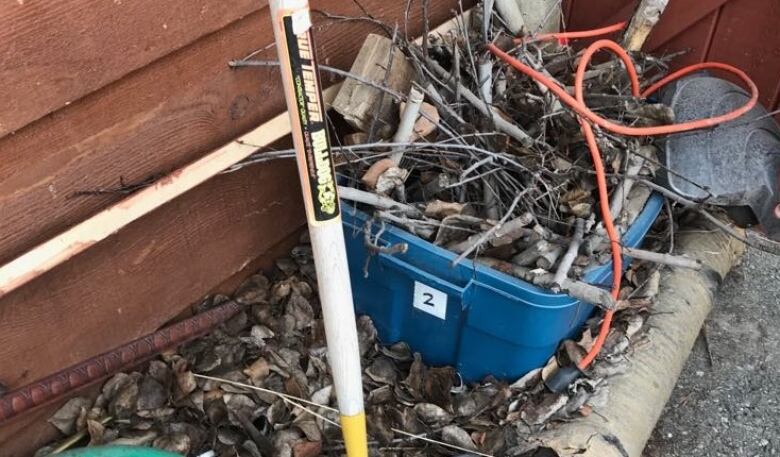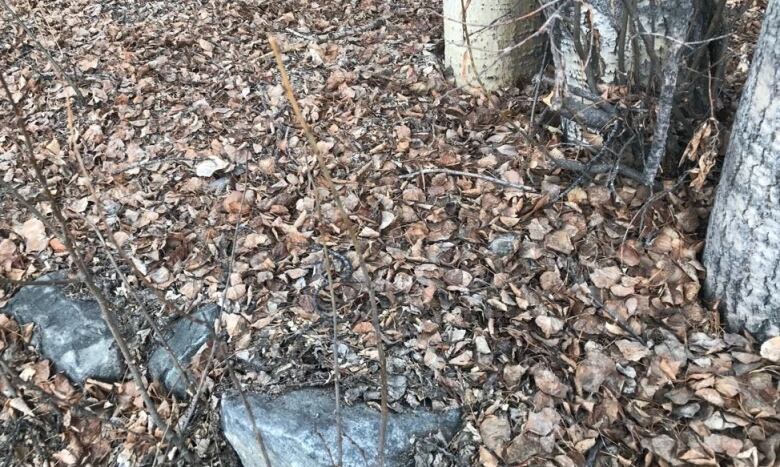Whitehorse pushes prevention at home as forest fire season begins
City staff say residents can participate in fire prevention by taking precautions at home

The city of Whitehorse is ramping up its forest fire preparedness efforts with the summer approaching.
Staff have a booth in the Canada Games Centre at the annual trade show this weekend. On Tuesday, staff are screening the documentary Into the Fire at the YukonBeringiaInterpretiveCentre.
In part the film looks at FireSmarting yards and homes.
Environmental co-ordinator Glenda Koh said embers blowing into yards are the main cause of homes burning during forest fires, not the actual flames.
She said the priority is creating a non-combustible zone around a home.
"So what we want to do is reduce all things that embers could eventually land on and ignite," said Koh. She used her home as an example.

It has wood siding, "which is very nice, but wood is probably the worst siding you can have in terms of being resilient to fire," she said.
Better materials are cement board and stucco, she added.
Asphalt shingles on the roof are okay, said Koh, but wood shingles "would be absolutely a no-no."
There should be a 1.5-metre zone around a home completely clear of anything combustible, said Koh.
That includes firewood, bushes and accumulations of dead leaves.
Koh said anywhere dried leaves pile up, like in a carport or under a deck, are important to keep clean.
"Wherever you see leaves, that's probably where the wind has taken those leaves and so that's exactly the same path that an ember is going to take in case of a fire," she said.
Wooden fences that connect directly to the house should be avoided, she said, or least broken up with something like a metal gate.

A moist lawn is not going to burn as quickly as dry grass, said Koh.
Wildfire risk reduction strategy started
Koh said preventing fire damage requires action on different scales and levels within the community.
"So it's not just a government issue and it's not a matter of how to evacuate," she said.
"In case of a wildfire there's a lot of preventative stuff that we can do on private property and on public land."
Koh said the city has begun work on a wildfire risk reduction strategy. It's expected to be done by next spring.
The city is also participating in the Nanook military exercise at the end of the month. Two neighbourhoods will be evacuated to test emergency preparedness.












_(720p).jpg)


 OFFICIAL HD MUSIC VIDEO.jpg)
.jpg)



























































































